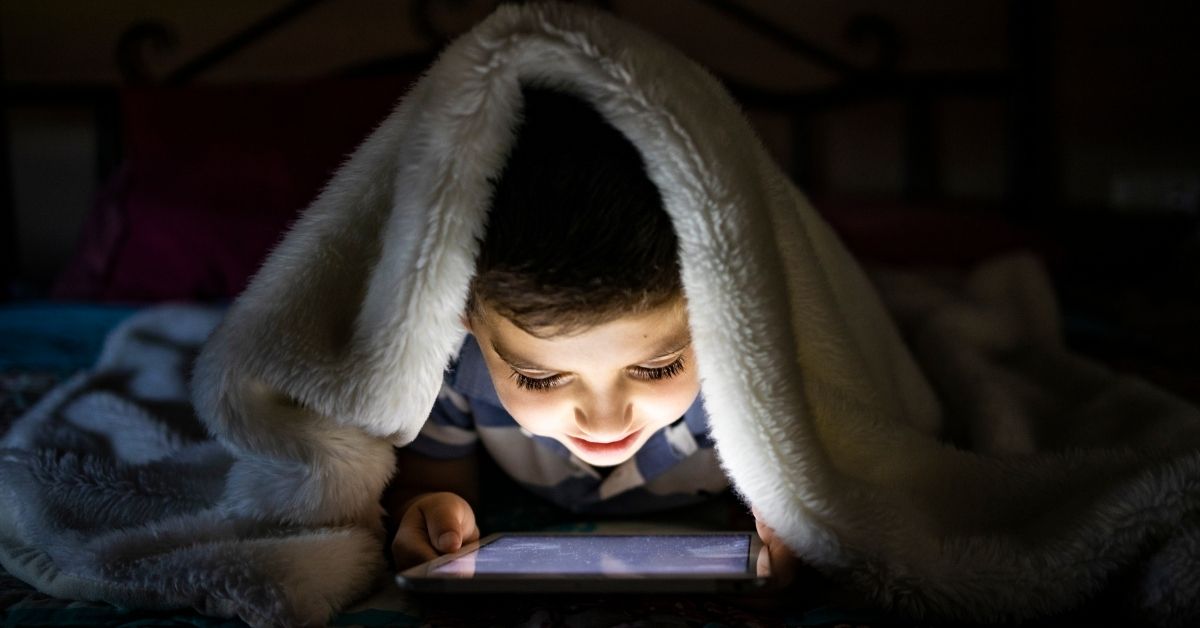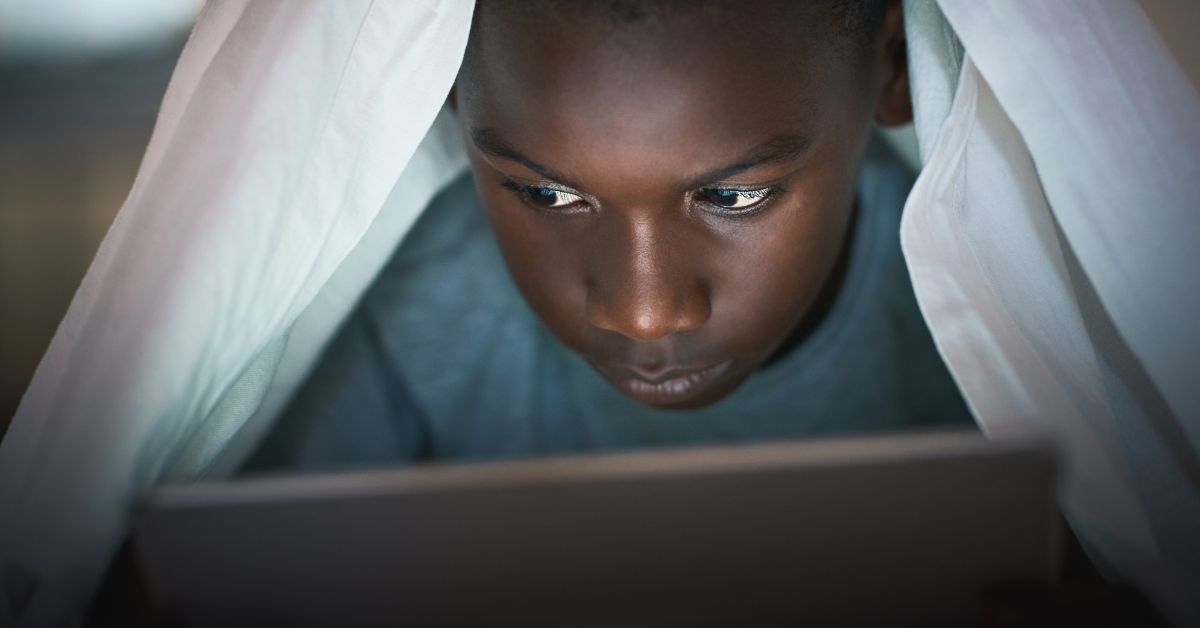Balancing technology use in your homeschool can sometimes feel like walking a tightrope. While digital tools open up amazing educational opportunities, too much tech can overshadow valuable hands-on learning and screen-free activities. For homeschooling families, the question often arises, “Where should the line be drawn?” This post explores limiting technology in homeschooling, the balance between educational apps vs hands-on learning, and creative screen-free activities for homeschoolers to keep education both engaging and enriching.
The Role of Technology in Homeschooling
Technology has transformed education in extraordinary ways, especially for homeschoolers. It provides access to resources that were once out of reach, such as virtual field trips, live online courses and dynamic educational apps. Interactive platforms like Khan Academy or science simulations can make challenging subjects far more fun and easy to grasp. Many parents praise technology for offering flexibility, accommodating various learning styles, and giving kids a chance to explore their interests independently.
However, there’s a downside to too much screen time. Overusing technology can lead to shortened attention spans, reduced critical thinking skills, and missed opportunities for hands-on learning. Too much tech often isolates children from real-world problem-solving experiences and interpersonal interactions.
How to Incorporate Technology Responsibly
- Identify the purpose of each tool you introduce. Does it add unique value that can’t easily be achieved otherwise?
- Use tech selectively for subjects like coding or difficult concepts that benefit from video tutorials or interactive visuals.
- Balance online learning with screen-free activities that apply the same concepts but in practical, tangible ways.
Technology can be incredible if used as a thoughtful supplement, rather than the backbone of learning.
Educational Apps vs. Hands-On Learning
The Case for Educational Apps
Interactive apps and platforms provide a personalized learning experience, making topics more accessible and even exciting. For example:
- Duolingo gamifies language learning, helping kids memorize vocabulary through rewards and levels.
- Scratch or Code.org introduces coding in a visual and beginner-friendly way.
- Platforms like Prodigy Math disguise math practice as an engaging adventure game.
Apps are quick to adapt to a child’s progress, offering immediate feedback and keeping learning fun. They also act as valuable tools for independent study when parents need time to focus on other tasks or children.
The Value of Hands-On Learning
While apps are great for reinforcement, hands-on learning focuses on deep engagement with the material. It encourages:
- Critical Thinking – Whether building a model or conducting an experiment, children analyze and problem-solve.
- Creativity – Crafting a solar system model or baking cookies encourages innovative thinking and self-expression.
- Motor Skills – Cutting, folding, planting, or assembling requires coordination and physical activity, often missed in tech-focused tasks.
Practical experiences like building a birdhouse or planting a small herb garden help cement theoretical concepts in a child’s mind. These activities make skills relatable and more memorable than any screen-based lesson.
Blending Both Approaches
Why not combine the best of both worlds? For example:
- Use a weather app to learn climatic concepts, then build a DIY rain gauge to track precipitation.
- Explore a 3D desert ecosystem virtually, then recreate it in a shoebox diorama.
This hybrid approach ensures technology supports hands-on methods, rather than replacing them.

Screen-Free Activities for Homeschoolers
Screens may be tempting and convenient, but children thrive on variety. Screen-free activities encourage growth in areas that technology cannot fully address, such as creativity, teamwork, and interpersonal skills.
1. Nature-Based Exploration
- Go on a scavenger hunt in a nearby park or forest, identifying plants, insects, or rocks.
- Start a small family garden, teaching biology in the process.
2. Creative Arts and Crafts
- Explore painting, knitting, or clay sculpting to ignite your child’s inner artist.
- Make history fun by crafting costumes or maps from different eras.
3. Games and Puzzles
- Dust off classic board games like chess or Scrabble that teach strategy and vocabulary.
- Use jigsaw puzzles to enhance spatial and problem-solving skills.
4. DIY Science Projects
- Conduct experiments, such as making slime, designing a balloon-powered car, or testing what floats and sinks in water.
- Build simple circuits with batteries and wires to teach basic engineering principles.
5. Social and Team Activities
- Join co-op groups for collaborative learning activities or thematic field trips.
- Organize “team challenges” at home, like solving puzzles or creating Lego skyscrapers.
6. Physical Play
Balance academics with movement through dance, yoga, or outdoor sports like frisbee. These activities are not only refreshing but also vital for balancing cognitive tasks with physical health.
Screen-free activities weave life skills into daily education, making every moment meaningful and enriching.
Tips for Limiting Technology in Homeschool
The secret is not to eliminate technology but to use it purposefully. Here’s how to maintain healthy boundaries:
- Set Clear Rules – For example, limit screens to one hour per subject or four days a week.
- Use Schedules – Dedicate specific time slots for digital learning and ensure they’re balanced by tech-free blocks.
- Model the Behavior – Show your kids how to rely on books or experiments for problem-solving, limiting your own screen use where possible.
Children thrive when their learning environment includes variety, structure, and balance.
Why Balance Matters
A blended homeschool environment, with just the right amount of tech mixed with hands-on and screen-free activities, nurtures children holistically. Kids benefit from technology’s efficiency and access while still:
- Building fine motor and social skills.
- Tackling creative challenges in the physical world.
- Gaining confidence through tactile problem-solving.
While screens have a place, some of the most lasting lessons come from the moments kids explore with their hands, get messy, or collaborate face-to-face with parents and peers.
Create a Balanced Homeschooling Environment
Homeschooling is about flexibility, which gives you the power to create a diverse, balanced education that resonates with your child. By combining educational apps, prioritizing hands-on learning, and weaving in screen-free activities for homeschoolers, you’re crafting a rich and effective learning experience. Thoughtfully limiting technology ensures it supports your goals without becoming the focus.
With a little mindfulness, education can be engaging, productive, and well-rounded, preparing children not just academically but for life itself. Remember, the best lessons often happen when you step away from the screen and into the world.





